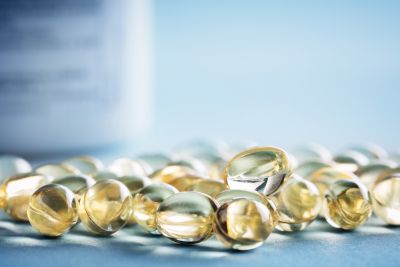Promising new data from a recent study indicates that active forms of vitamin D can inhibit the replication and expansion of COVID-19. The study’s findings also suggest lumisterol, produced by a chemical reaction in the body using light, works to block COVID-19. Vitamin D and lumisterol metabolites were able to block two specific enzymes (RdRP and Mrpo) required for the SARS-CoV-2 life cycle, according to the team of researchers from the University of Alabama at Birmingham; the Centre for Interdisciplinary Research in Basic Sciences in New Delhi, India; and the University of Western Australia. The study is published in the American Journal of Physiology-Endocrinology and Metabolism and has been chosen as an APSselect article for September.
Anthony Fauci, MD, director of the National Institute of Allergy and Infectious Diseases, suggested in September 2020 that vitamin D could help fight COVID-19. He also estimated that 40% of the U.S. population is vitamin D deficient. Scientists in this new study were able to prove that novel and physiologically relevant vitamin D and lumisterol derivatives “act on multiple targets, suggesting that they may be effective against original and mutant strains of SARS-CoV-2.” Other benefits of vitamin D cited by researchers include its low cost and easy access. Andrzej T. Slominski, MD, PhD, a senior author of the study, described lumisterol as a natural product.
Once vitamin D is consumed, it is metabolized into various active forms by enzymes called cytochrome oxidases or CYP enzymes. Researchers on this study say their findings help explain a possible mechanism for why low vitamin D levels seem to promote COVID-19 infection and poor outcome in certain individuals. This correlates to other studies showing a relationship between vitamin D deficiency and poor disease outcomes. More studies and clinical trials are planned to test the efficacy of vitamin D and lumisterol as an antiviral therapeutic for COVID-19 in animals and humans.
Source: American Physiological Society (APS)
